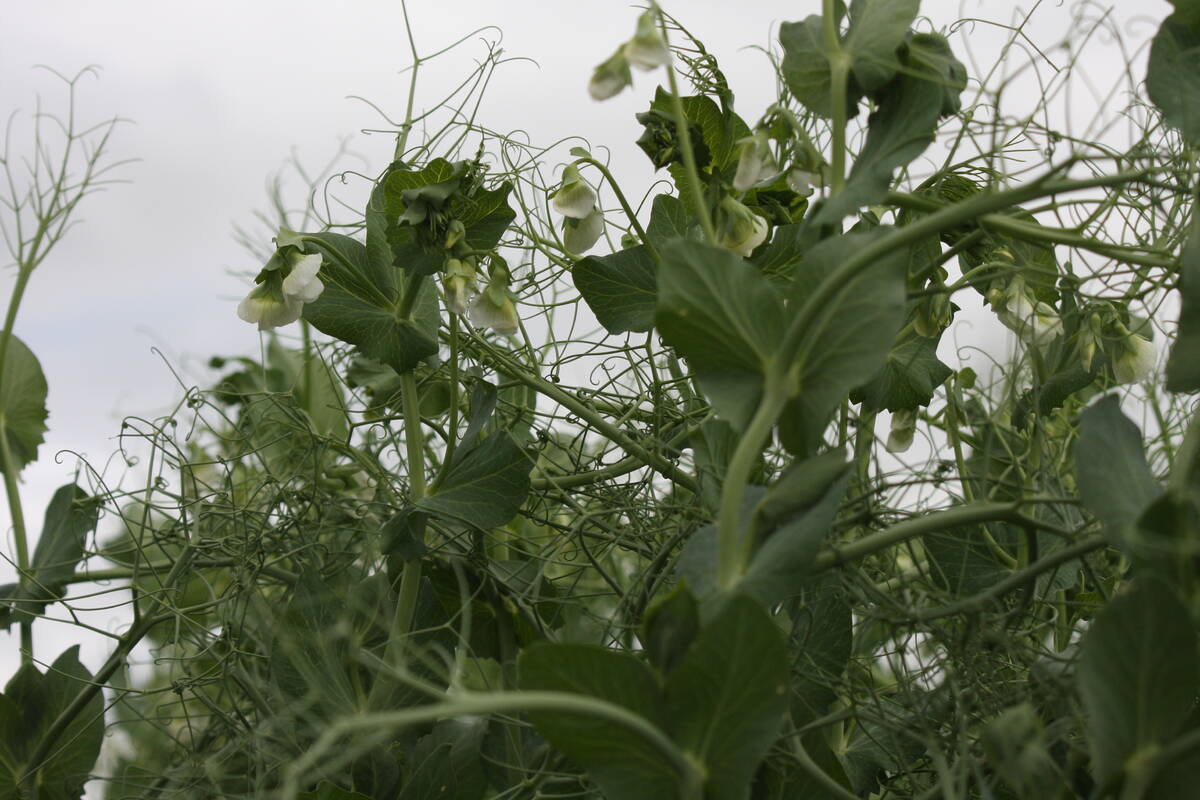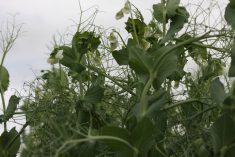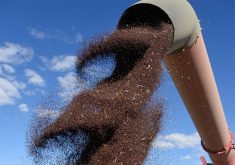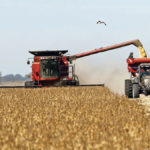Western Canada isn’t an island, but it’s far enough away from North American PRRS hotspots that its hog farms have a good chance of getting rid of the disease if they are infected.
If a farmer is diligent in maintaining biosecurity and doesn’t panic if the disease appears in his barn, he has a fighting chance against porcine reproductive and respiratory disease, said Western College of Veterinary Medicine dean Chuck Rhodes.
“There’s a much better opportunity to develop and maintain a PRRS-free herd (on the Prairies),” Rhodes said.
Read Also

High pea yields shock farmers
There is going to be a massive pea carryout at the end of this crop year.
“Our clinical experience has not been near as severe as it has been in other places, such as the U.S. Midwest.”
In parts of the Midwest, farmers have almost given up on the idea of eradicating PRRS from their herds. In Iowa, barns are located close together and hogs are constantly shipped down local roads.
As well, many U.S. hog barns are open-sided, allowing producers to take advantage of natural ventilation but also allowing birds to carry the disease from one barn to the next.
In Ontario and Quebec, hog farms are also often located tightly together, raising the chance of infection.
But on the Prairies, hog barn density is still low.
As well, Rhodes said most prairie operations have higher health status than most herds in North America. With tight biosecurity, PRRS can often be kept out of a barn, and if it does invade, it can be eradicated with confidence that it won’t necessarily reappear.
“There’s not quite the level of paranoia (on the Canadian Prairies as in the United States).”
PRRS can attack a pig’s reproductive and respiratory systems, causing major production losses in some animals. It can reduce conception rates, lower the number of pigs born per litter, increase death loss rates and lower the rate of weight gain per day.
But depending on the pigs and the strain of the disease, it can also exist within a herd without noticeably damaging production, which is why producers can choose to live with the disease, managing it rather than trying to eradicate it.
In areas where PRRS is believed to be endemic, learning to manage the disease can be a good course to follow.
But Rhodes said prairie producers can eliminate the disease without necessarily depopulating their herds.
The Prairie Swine Centre, where Rhodes worked, had an outbreak of PRRS a few years ago.
Instead of overreacting or despairing, the centre decided to try to eradicate it. Tough biosecurity rules were strengthened to ensure no more disease entered the barns.
Then staff analyzed all members of the herd to see where the infection was stewing and which animals had to be removed. They made sure that all healthy animals were vaccinated so that none would still be susceptible to the disease in the future, creating a possible permanent home for PRRS.
“These infections can smolder on and become an endemic infection in the herd,” Rhodes said.
The measured approach appears to have worked.
“Because of the overall health status of the herd, because of good biosecurity, because of good management, a few years later we feel we are free of that disease.”
He said PRRS has become a major cost in the U.S. hog industry. It developed just as artificial insemination techniques blossomed, and many producers unknowingly introduced it into their herds through infected fresh semen.
Fortunately, American researchers are developing good PRRS tests for fresh semen, gradually shutting down that route of infection.
Some producers have had good fortune with PRRS vaccines and more are being developed to fight the new strains.















